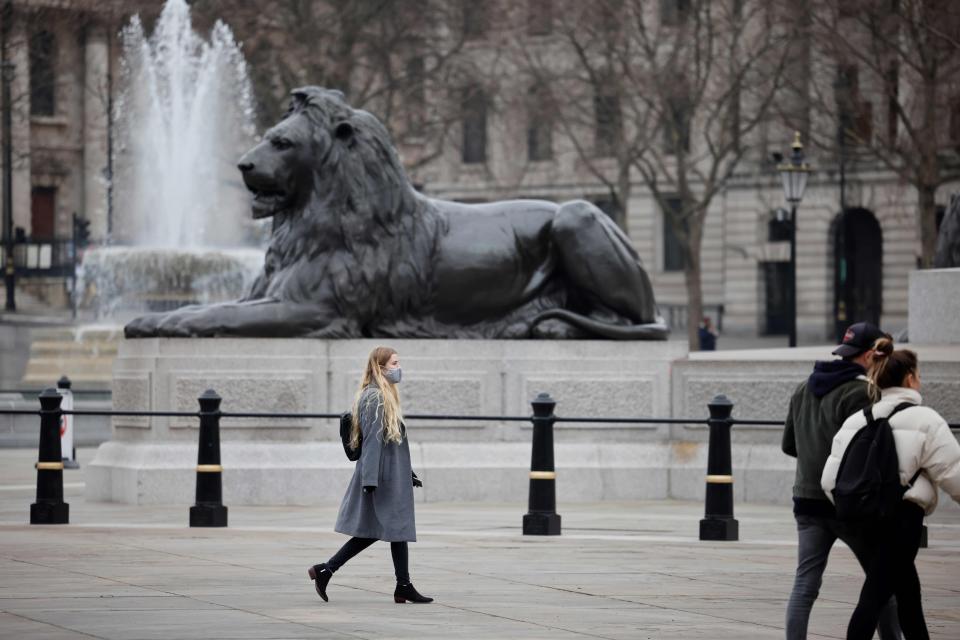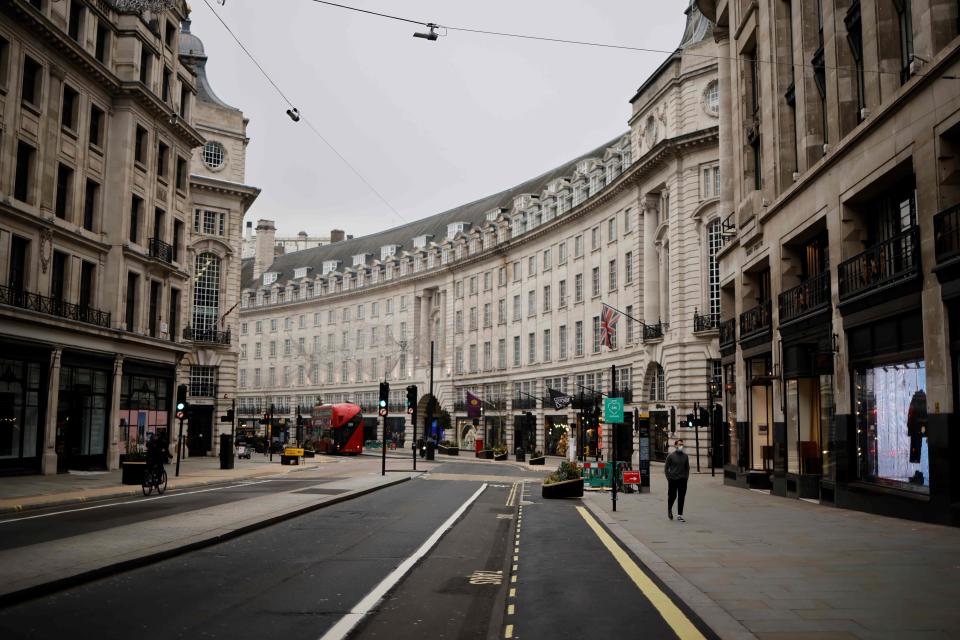What is a ‘major incident’ and why has it been declared in London?

Mayor Sadiq Khan’s decision to declare a major incident is a means to fast-track help for the NHS in London and to make Londoners fully aware of the situation.
It will enable greater co-ordination between local authorities, with efforts expected to be co-ordinated by the Mayor in his role as chair of the London Resilience Forum.
This will involve his deputy mayor for fire and resilience Fiona Twycross, fire commissioner Andy Roe and the 33 boroughs, with council chief executives and borough leaders communicating through the London Councils organisation.
The forum will draw upon key health figures across London such as the London regional director of NHS England, Sir David Sloman, and the London head of Public Health England, Professor Kevin Fenton.
What has prompted the Mayor to make this declaration?
There are three key factors – the fact that London hospitals are on the verge of being overwhelmed and running out of beds, the soaring infection rates in the community and the need to get Londoners to obey the lockdown, particularly this weekend, and stay at home.
Latest figures show there are more than 7,000 covid patients in London hospitals – almost 2,000 more than the first peak last April – and almost 1,000 are on ventilators. There have been almost 500 covid deaths in London hospitals announced in the last three days.
A further 10,000 Londoners tested positive for covid yesterday and the seven-day rate of 1,035.9 cases per 100,000 people is by some distance the highest in the country.
According to the Office for National Statistics, an estimated one in 30 Londoners has covid.
Yesterday it emerged that six of the capital’s 18 acute NHS trusts were down to single figures in terms of unoccupied beds, with several having not a single spare intensive care bed on Sunday.
The “Kent strain” of the virus, which is more infectious, is responsible for about 80 per cent of new cases in London, with people aged 19-30 being admitted to hospital. Normally covid patients age aged 50 and above.
Hospitals are opening “surge” areas on a daily basis but doctors say the biggest problem is the lack of skilled nurses.

Normally there is one nurse for every patient in intensive care. At present in major hospitals such as the Royal London, a critical care nurse is being required to look after three desperately sick patients, often with non-specialist nurses for help.
Across the UK’s critical care units, this has been happening for months, with only a brief lull in the summer, and staff are exhausted and going off sick.
Are there other problems?
The London Ambulance Service is near breaking point, with more than 8,000 calls a day – compared with 5,000 on a “normal” busy day. This is resulted in long waits for ambulances, with reports today of one man with a broken leg having to wait six hours outside.
Firefighters are being drafted to help drive ambulances and work alongside trained medics.
Ambulance crews are struggling to get back on the road after taking patients to hospital because A&Es are so busy. About 800 patients a week are being stuck in London ambulances for more than an hour because hospital staff are too busy to admit them.
What is the definition of a major incident?
A major incident is defined as being “beyond the scope of business-as-usual operations, and is likely to involve serious harm, damage, disruption or risk to human life or welfare, essential services, the environment or national security”.
In addition, “the severity of the consequences associated with a major incident are likely to constrain or complicate the ability of responders to resource and manage the incident.” The powers to declare a major incident are part of the Civil Contingencies Act.
What can the Government do?
The Mayor has asked the Prime Minister for greater financial support for Londoners who need to self-isolate and are not able to work.
He also wants daily vaccination data – at present it is only available weekly on a nationwide basis – to ensure the most vulnerable Londoners are being protected as quickly as possible.
In addition, the Mayor has called for face masks to be worn routinely outside of the home, including in supermarket queues and other places outside that may be crowded, and the closure of places of worship.
Have major incidents been declared before?
Yes – previous examples include the 7 July terror attacks in 2005, the Croydon tram crash in 2016, and the Grenfell Tower fire and the terror attacks on Westminster bridge and London Bridge in 2017, though none had the impact of the current pandemic.
Read More
London hospitals ‘on cusp of being overrun’ as Moderna jab approved
London’s Covid rate hits record high as virus spreads in every borough
Hospitals ‘under pressure’ as virus admissions rise to near April peak

 Yahoo Finance
Yahoo Finance 